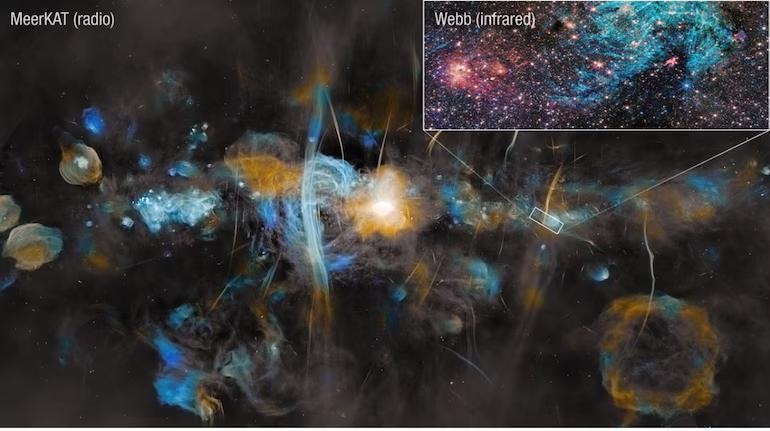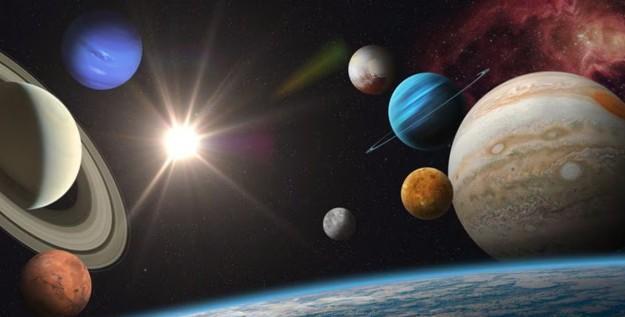
Strong Magnetic Fields May Hinder Star Birth, Finds NASA
The formation of stars has long been a topic of fascination for scientists and astronomers. The process of star birth, which involves the collapse of dense clouds of gas and dust, is a complex and intricate phenomenon that has puzzled researchers for decades. Recently, NASA’s Web Telescope has shed new light on this process, revealing that strong magnetic fields in the Milky Way’s core may be hindering star formation.
Located in the Sagittarius C region, this region is known for its intense magnetic activity, which is shaped by the interactions between the Galaxy’s central black hole and the surrounding interstellar medium. The region is also home to massive outflows, hidden protostars, and patterns shaped by magnetic forces. These magnetic fields, scientists believe, may be resisting the force of gravity that would typically cause dense clouds of gas and dust to collapse and forge stars.
The findings, published recently, suggest that the strong magnetic fields in the Sagittarius C region may be responsible for the lower-than-expected star formation rate in this region. According to NASA, the magnetic fields are so strong that they are able to resist the gravitational forces that would normally cause the gas and dust to collapse and form stars.
The discovery was made possible by the James Webb Space Telescope, a NASA-led mission that is designed to study the formation of the first stars and galaxies in the early universe. The telescope is equipped with state-of-the-art instruments that allow it to capture high-resolution images and spectra of distant objects, including the Sagittarius C region.
The researchers used the telescope to study the region in unprecedented detail, capturing images and spectra of the massive outflows, hidden protostars, and patterns shaped by magnetic forces. The data collected revealed a complex network of magnetic fields that are woven together to form a intricate pattern of loops and filaments.
The magnetic fields, the researchers believe, are created by the interactions between the Galaxy’s central black hole and the surrounding interstellar medium. The black hole is thought to be surrounded by a disk of hot, dense gas that is heated by the intense gravitational forces that it experiences. This heated gas is then blown out into the surrounding interstellar medium, where it creates the massive outflows and patterns shaped by magnetic forces that are observed in the Sagittarius C region.
The discovery of strong magnetic fields in the Sagittarius C region has significant implications for our understanding of star formation in the Milky Way. The findings suggest that the formation of stars in this region is being hindered by the intense magnetic activity, which is preventing the gas and dust from collapsing and forming stars.
The researchers believe that the strong magnetic fields may be responsible for the lower-than-expected star formation rate in the Sagittarius C region. The magnetic fields are so strong that they are able to resist the gravitational forces that would normally cause the gas and dust to collapse and form stars.
The discovery also has implications for our understanding of the formation of stars in other galaxies. The Sagittarius C region is thought to be a prototype for the formation of stars in other galaxies, and the findings suggest that strong magnetic fields may be a common feature of star-forming regions in the universe.
In conclusion, the discovery of strong magnetic fields in the Sagittarius C region has shed new light on the process of star birth. The findings suggest that the formation of stars in this region is being hindered by the intense magnetic activity, which is preventing the gas and dust from collapsing and forming stars. The discovery also has implications for our understanding of the formation of stars in other galaxies, and highlights the importance of magnetic fields in shaping the formation of stars in the universe.






